 |
 |
According to folklore, dragons make clouds, make rain, and bring benefits to all species. In Vietnamese cultural life, dragons are a symbol of nobility, majesty, and good omen. The Vietnamese people have the legend "Dragon and Fairy's Descendants", the father is Lac Long Quan, the mother is Au Co, the story "A Hundred Eggs Hatch a Hundred Children"... is a way to explain the sacred and proud origin of the nation. In 1299, the Retired Emperor Tran Nhan Tong told his descendants to remember their origins and ancestors through the custom of tattooing a dragon on their thighs.
 |
| Dragon is one of the four sacred animals carved and decorated on boats by the people of Tinh Ky ( Quang Ngai City) during the New Year boat racing festival. |
The dragon is a combination of many animals, a harmonious combination of strength and gentleness, power and kindness, to finally exist as a symbolic entity of the dragon, a noble mascot in both worship, royalty, and folk life. The book "Tâm Nguyên Từ Điền" by author Le Van Hoe, published by Quoc Hoc Thu Xa in 1941, recorded: "The dragon has horns like deer horns, a camel head; eyes like monster eyes; a snake neck; a crocodile belly, claws like hawk claws, ears like cow ears but hears with horns. The dragon represents the king, with five claws on its feet". The dragon's appearance is only found in the emperor, so the feudal dynasty had the phrase "Chan long thien tu" to refer to the king. The story goes that in July 1010, King Ly Thai To moved the capital from Hoa Lu to Dai La citadel (present-day Hanoi ), the golden dragon flew up to welcome him, so the king changed the name to Thang Long from then on.
 |
| The dragon is embossed on the roof of the main hall of Ong Pagoda, in Nghia Hoa commune (Tu Nghia). |
In folklore, the dragon is one of the four sacred animals: dragon, unicorn, turtle, and phoenix. The dragon's body is large and strong, with soft curves, and 12 segments symbolizing the 12 months of the year, associated with the rice civilization of the Vietnamese people. From ancient legends, the Jade Emperor ordered the Dragon King to make rain, so in folklore there is a story of a dragon taking water from the sea. In the vast sky, thousands of clouds are always moving in various shapes, combined with the changing colors from the sunlight shining on... is the basis for people to see the image of a dragon in the sky, hidden in the clouds. In stormy season, or even in the sunny season when it is about to rain, looking out to the sea, sometimes we see a column of clouds connecting from the sky to the sea surface, people say the dragon is taking water and often after that it rains heavily... The year of Giap Thin is the year of the dragon, representing good omens, long thang (dragon flying up), bringing joy to the country and every family.
 |
We all know that long in Chinese means dragon. According to Ly Lac Nghi in the book "Finding the origin of Chinese characters", long is a pictograph. This character on oracle bone script and bronze script represents the image of a dragon. The word long in Vietnamese is related to the word long. In terms of semantics, long and long are the same. From the perspective of historical phonetics, long is the ancient sound of long. This is the reason why in many Nom script texts, long is written directly in Chinese characters as long. Regarding the word thin, this is the name of the 5th branch in the twelve earthly branches, corresponding to the dragon zodiac animal. In East Asian culture, the month of Thin is the third lunar month, the hour of Thin corresponds to the time from 7 - 9 am. Thin/than also means "day, hour". This is the word god in sanh than with the meaning equivalent to birthday that young people often use recently.
 |
In Vietnamese, there are a number of words that contain the element long, meaning dragon. Many things are named based on characteristics related to the shape and nature of a dragon, such as long nhan (dragon's eye), thanh long (green dragon)... Dragons also appear in the names of many animals because they have similar physical features such as dragon fish, dragon beans, dragon eye plant/dragon scale plant, cactus... The familiar earthworm species to us is called dragon land or dia long by Trang Quynh. Associated with the image of a dragon, hop long is a very special word. The meaning of this word is to connect the spans of a bridge. This is a shortened form of hop long mon, which means "connecting the dragon's mouth". Hop long mon was originally used to refer to the rebuilding of a broken dike. The ancients saw the dike as long as a dragon. The gap when the dike broke was called long khau (dragon's mouth), or long mon (dragon's door). Rebuilding this place is called hop long mon. In modern times, hop long has been used for the bridge and road industry.
 |
 |
| Dragon image in Thang Long Imperial Citadel. |
In particular, during the monarchy, long and dragon were symbols of the king. Many words related to the king include long bao (dragon robe, meaning king's robe), long the (dragon body/king's body), long nhan (dragon face/king), long sang (dragon bed/king's bed), long gia, long xa (king's carriage), thuyen rong (king's boat, carved with a dragon image)... Many Sino-Vietnamese idioms with the element long meaning dragon are still commonly used in Vietnamese today such as: Ngoa ho tang long (crouching tiger, hidden dragon), luong long tranh chau/ trieu nguyet (two dragons fighting for pearl/watching the moon), long tranh ho dau (dragons fighting tigers), phuc long phuong so (lying dragon, young phoenix/talented person who has not yet appeared)... Long with the meaning of dragon associated with gods, kings, power is a beautiful word used in many aspects of cultural life and language, including naming places. In our country, there are many place names associated with dragons such as Thang Long (dragon flying up), Ha Long Bay (dragon flying down), Bach Long Vi Island (white dragon tail), Mekong River (nine dragons), Ham Rong Mountain, Nha Rong Wharf... Quang Ngai also has many place names associated with dragons such as Long Phung Mountain, Xuong Rong Mountain, Long Dau Mountain...
It can be said that in the treasure trove of Vietnamese culture and language, long/dragon appears frequently and has a unique meaning. On the spring day of the year of the Dragon, reviewing some stories related to dragons, wishing for a new year where boys and girls will love each other and ride dragons, everyone will have the spirit of dragon and tiger, business and exams will all turn into dragons, the fortunes of the country and homeland will be like meeting a dragon and cloud festival...
 |
Dragons appear frequently in the treasure trove of folk literature, familiar to the cultural consciousness and language of the Vietnamese people. For example: The descendants of dragons and fairies, carp turns into dragons, dragons and clouds meet the festival, dragons fly and phoenixes dance, eat like a coiled dragon, speak like a climbing dragon, dragons come to shrimp houses, draw dragons and snakes... In medieval literature, there are many poems and stories associated with the image of dragons. The dragon-cloud festival or dragon-cloud festival, long van or long van khe hoi (dragon-cloud festival) are poems used to indicate meeting the right time, a path to fame and success: "Now that I am at this age/ I hope you will meet the dragon-cloud festival in time" (Phan Tran); "It is worth the hardships/ Long van khe hoi to meet the time to be a man" (Tay Suong)...
 |
In particular, today, many people often mention the story of the carp jumping over the dragon gate. The story goes that, during the Nguyen Dynasty, Vietnamese people migrated to the South to reclaim land and establish villages. Occasionally, people encountered many strange phenomena. Every year, when the rains fell, the carp gathered at the "three-level dragon gate", a waterfall flowing down three stone steps. Any carp that passed the three steps would turn into a dragon. Any carp that did not pass would fall to the rocks and die. Therefore, the phrase "turning into a dragon" means passing an exam, receiving a high title...
 |
| Dragon boat tour on the Perfume River (Hue City). |
In Quang Ngai, there are folk songs that contain humanity, sharing joys and sorrows between people, expressing the feelings of ordinary men and women, such as: "Going up to Ho mountain to light a bundle of yellow incense/ Praying for old friends to return as before/ Looking at the sky but seeing no rain/ The dragon has not returned yet to draw water/ Pomegranate looking for peach, peach not looking for pear/ Going up the mountain looking for cinnamon, cinnamon returning to the green forest". Or like: "The dragon lies on Chua mountain/ Cranes dance on Tra river/ My heart loves you, tears and rice mixed together/ Struggling like fish in a net/ Early morning in the south looking for you, late afternoon in the south you look for me".
Content: VAN TAO - TUAN VU - AN HAN
Presented by: P.DUNG
RELATED NEWS:
Source


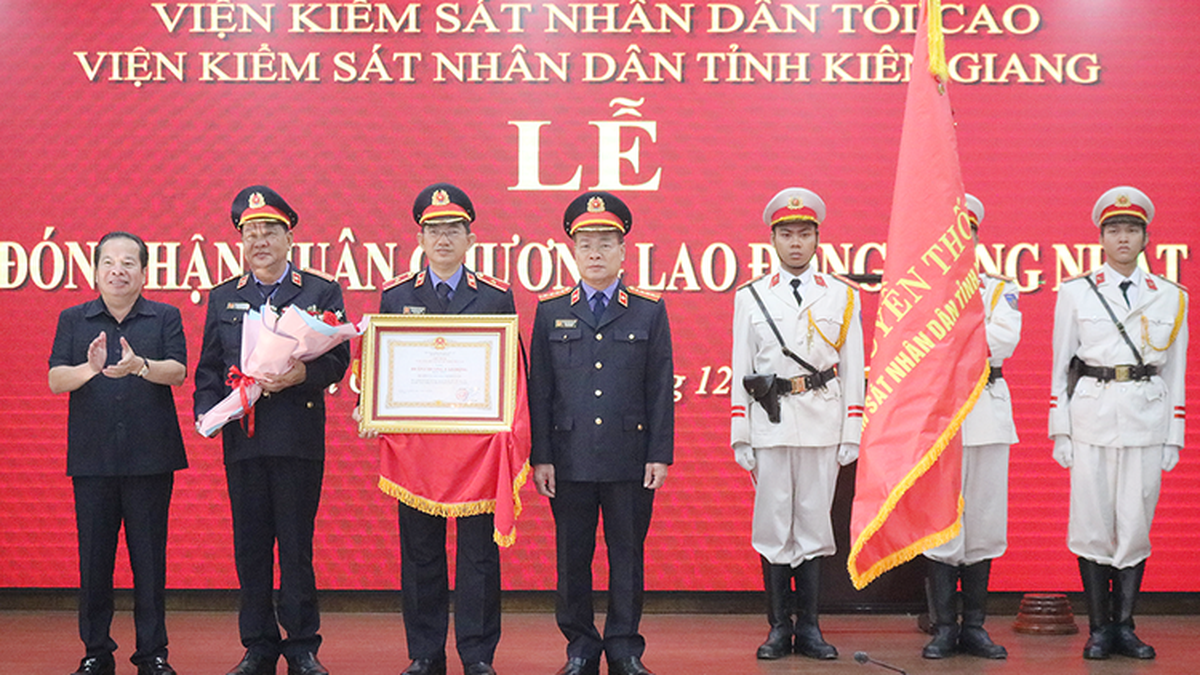
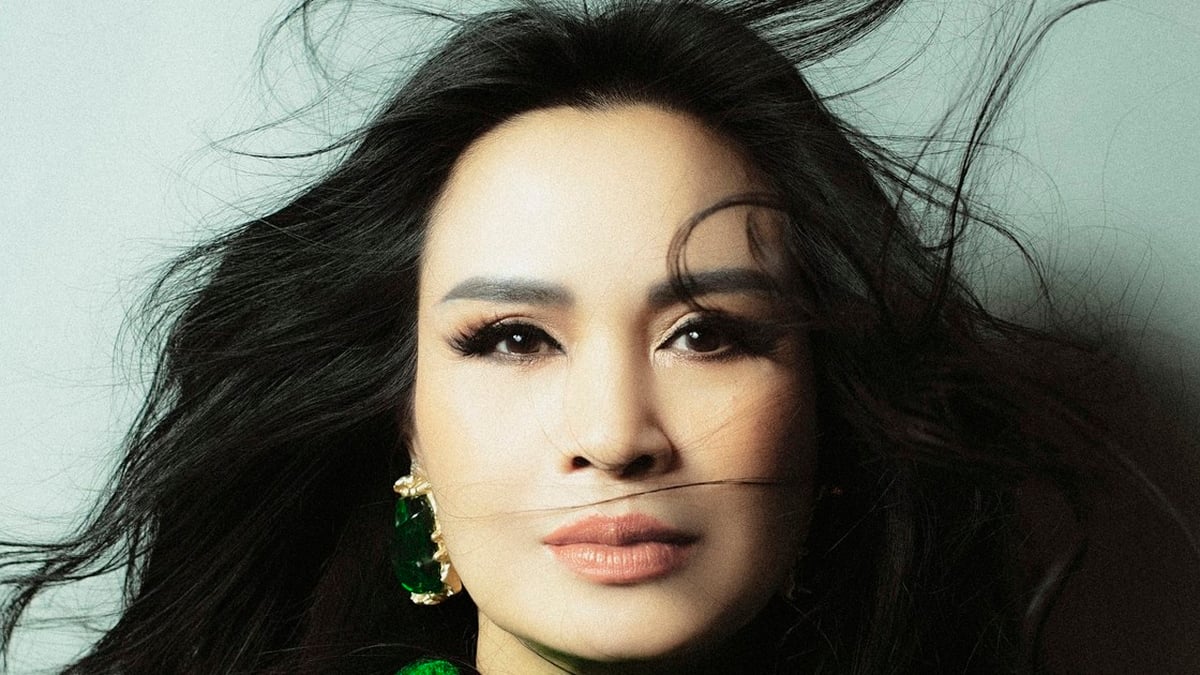
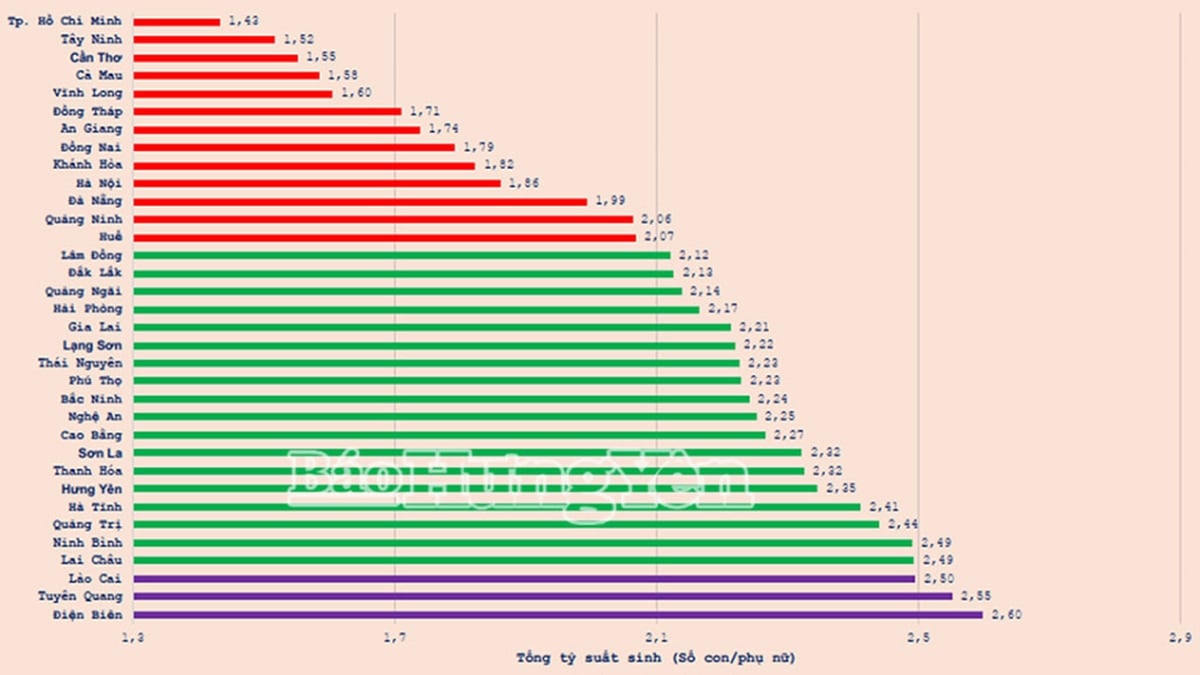

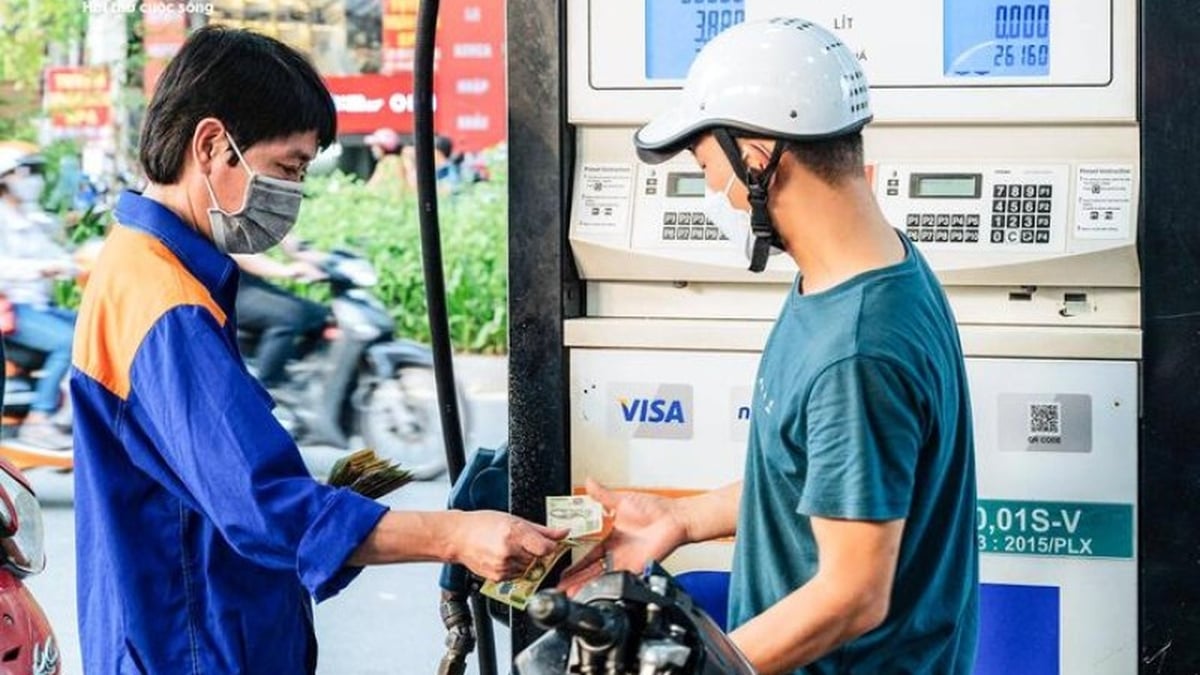
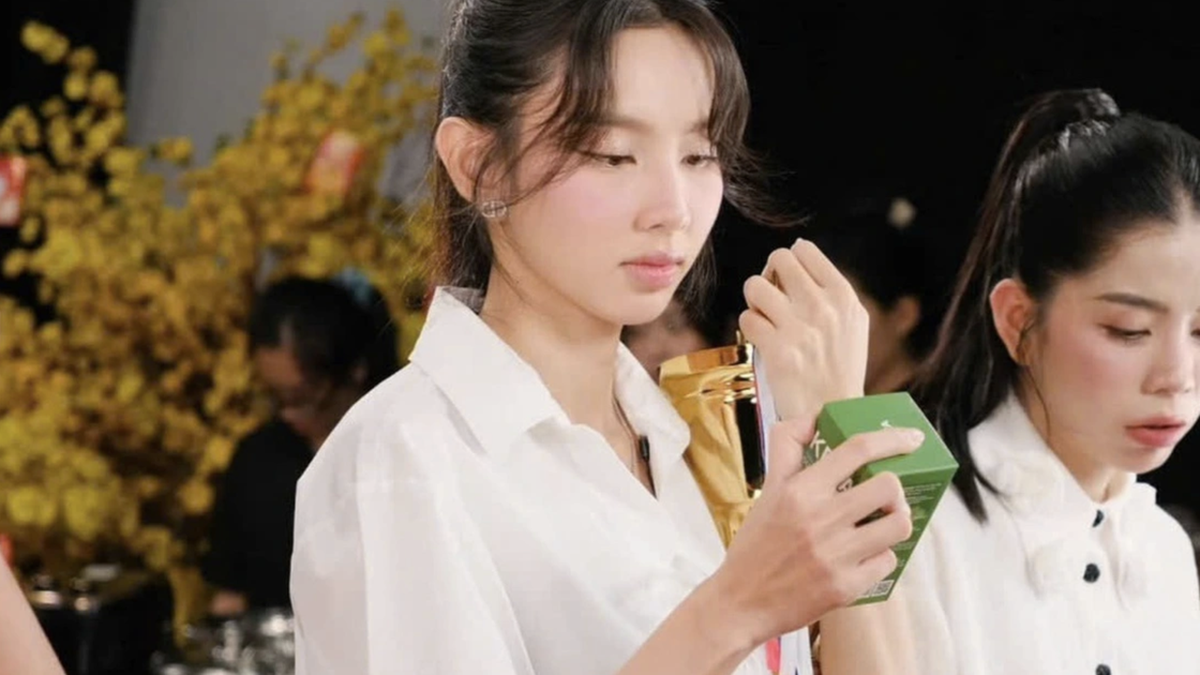
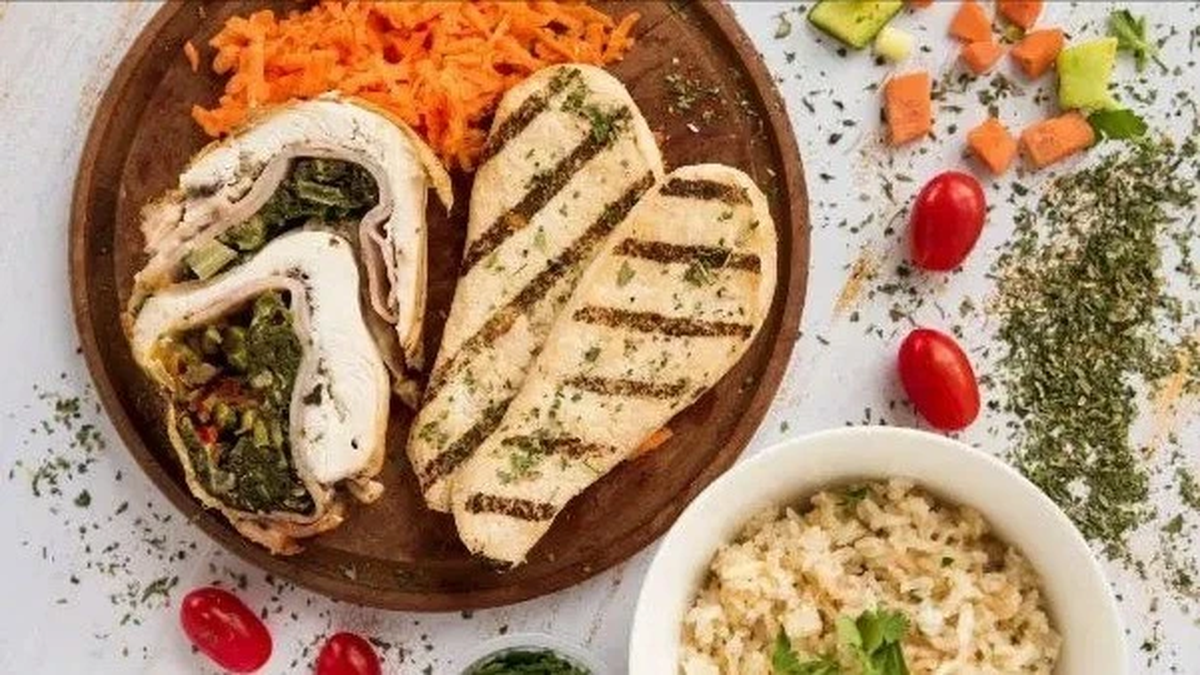
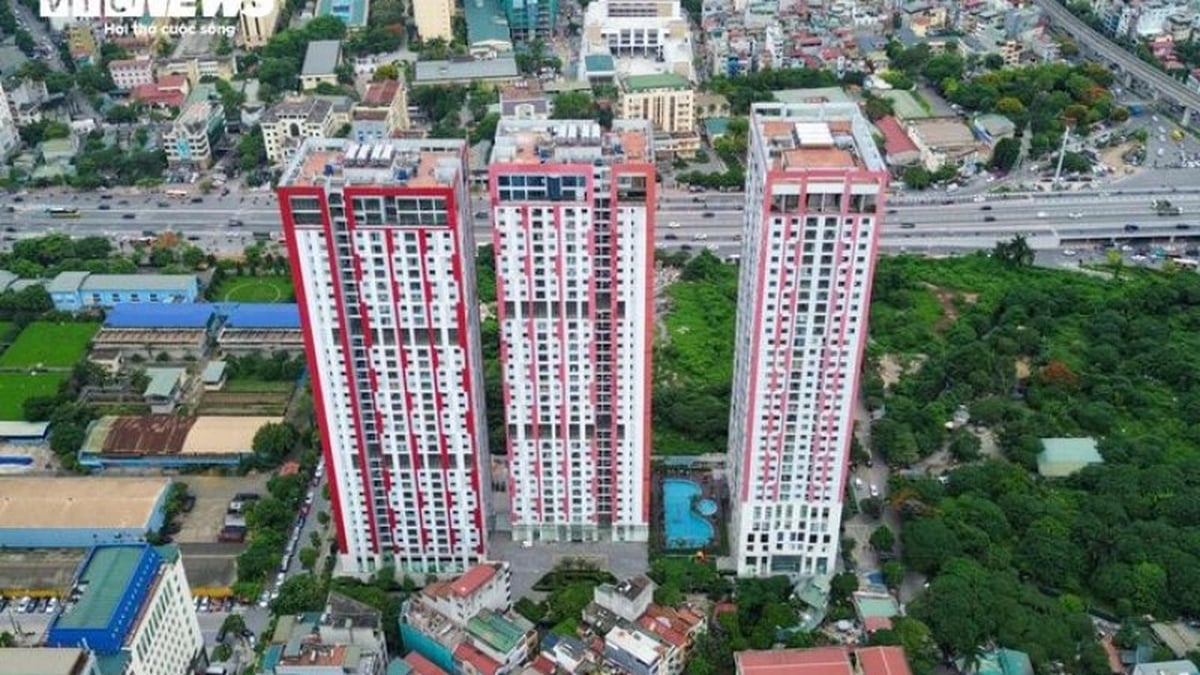
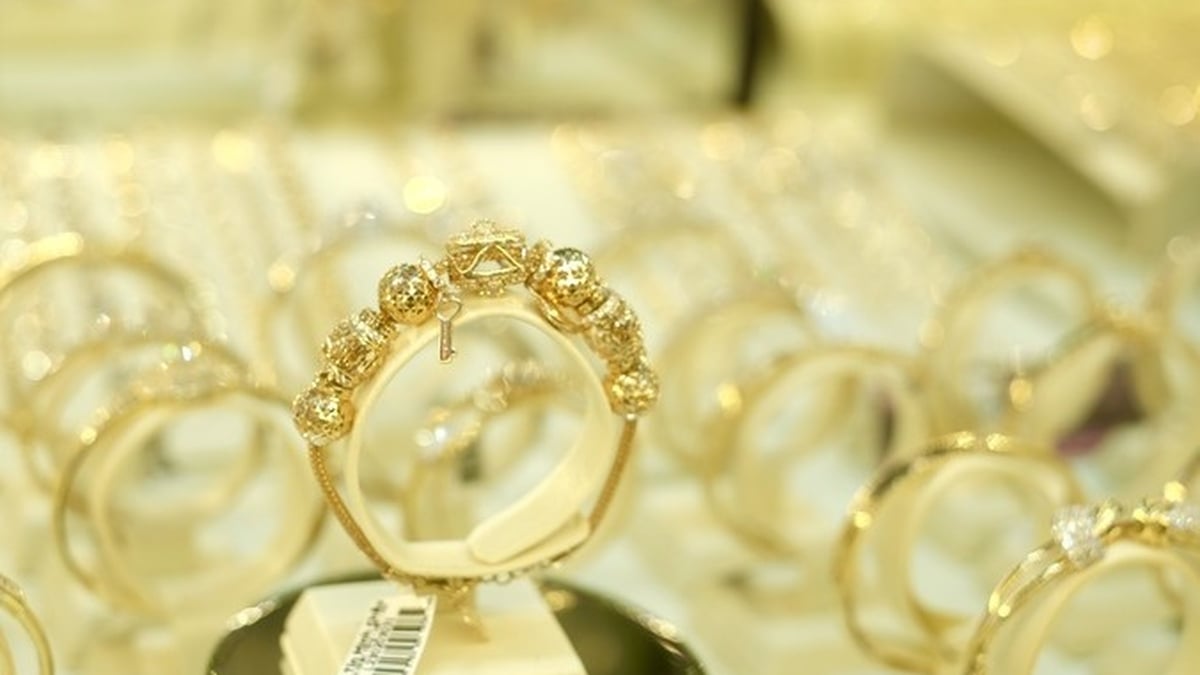
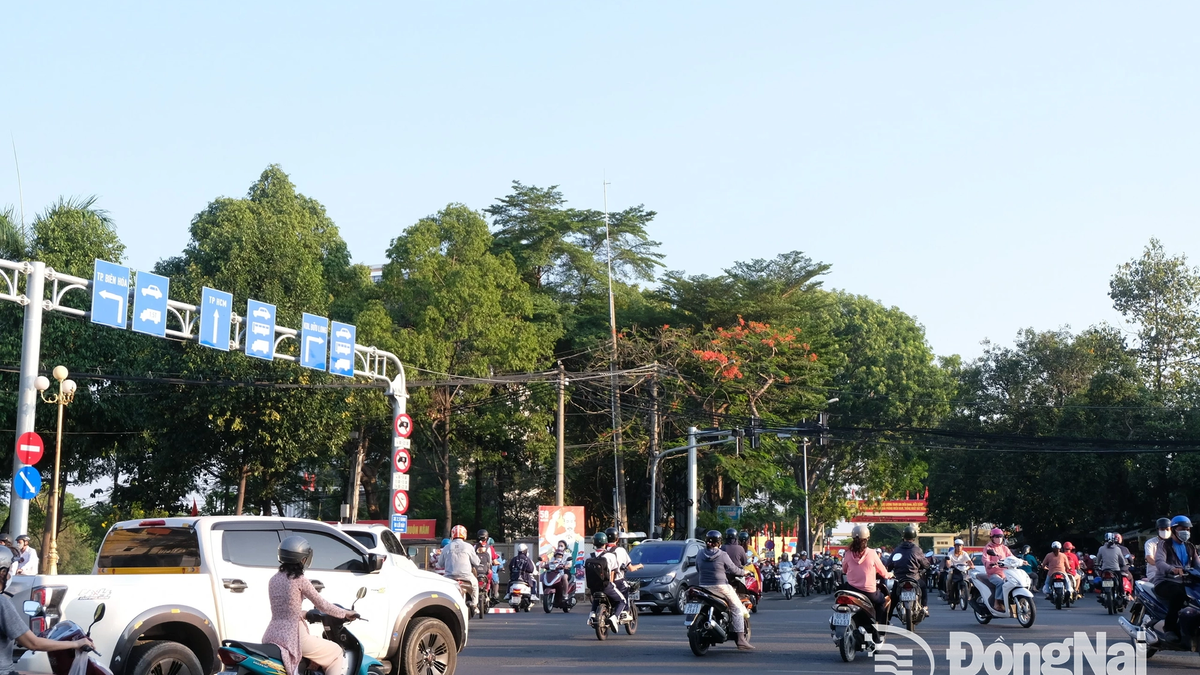










































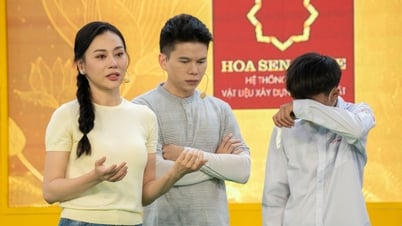


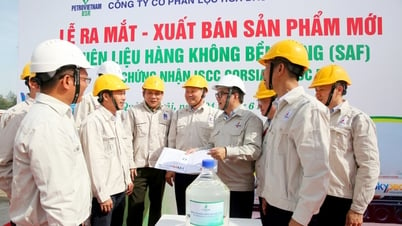


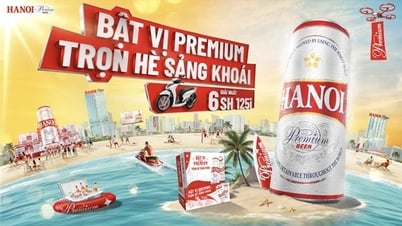

![[Maritime News] More than 80% of global container shipping capacity is in the hands of MSC and major shipping alliances](https://vphoto.vietnam.vn/thumb/402x226/vietnam/resource/IMAGE/2025/7/16/6b4d586c984b4cbf8c5680352b9eaeb0)


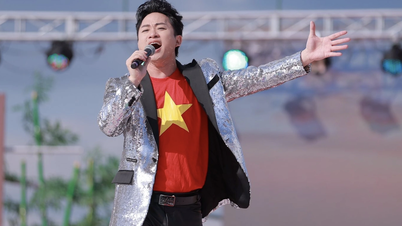
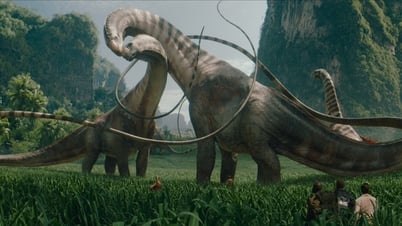

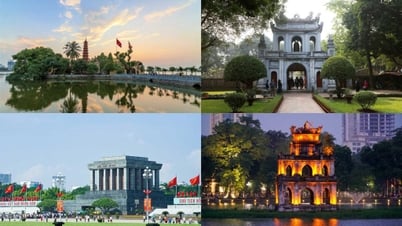
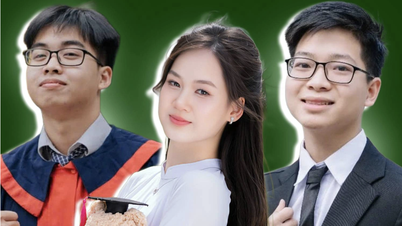
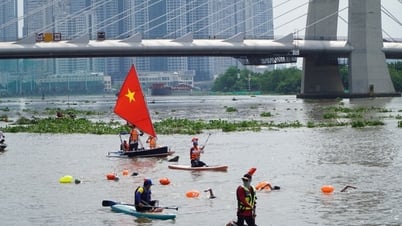

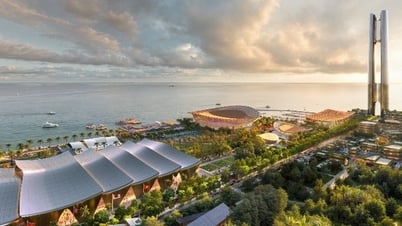
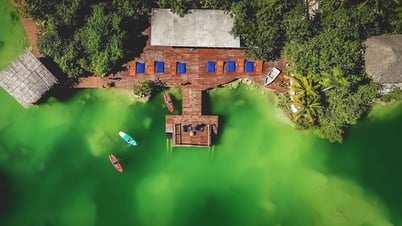
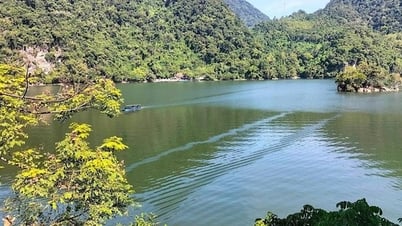
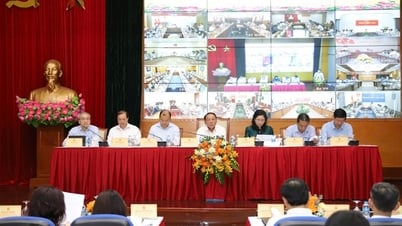
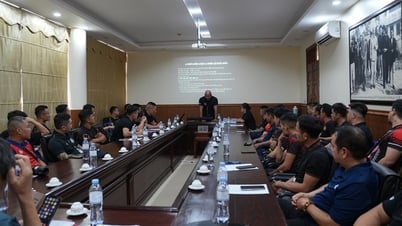






















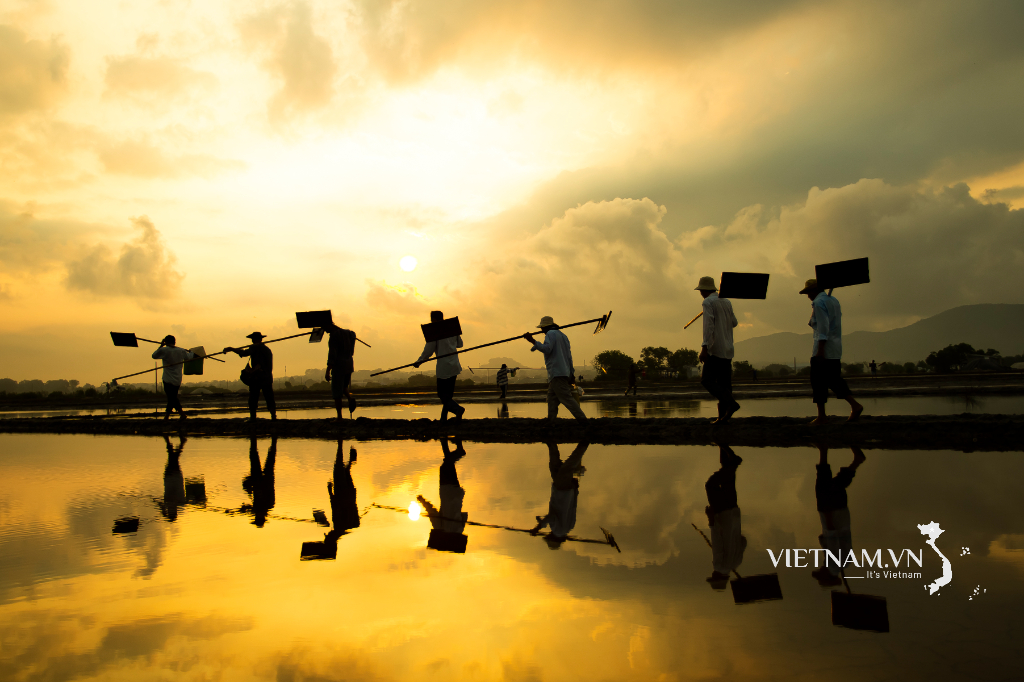
Comment (0)